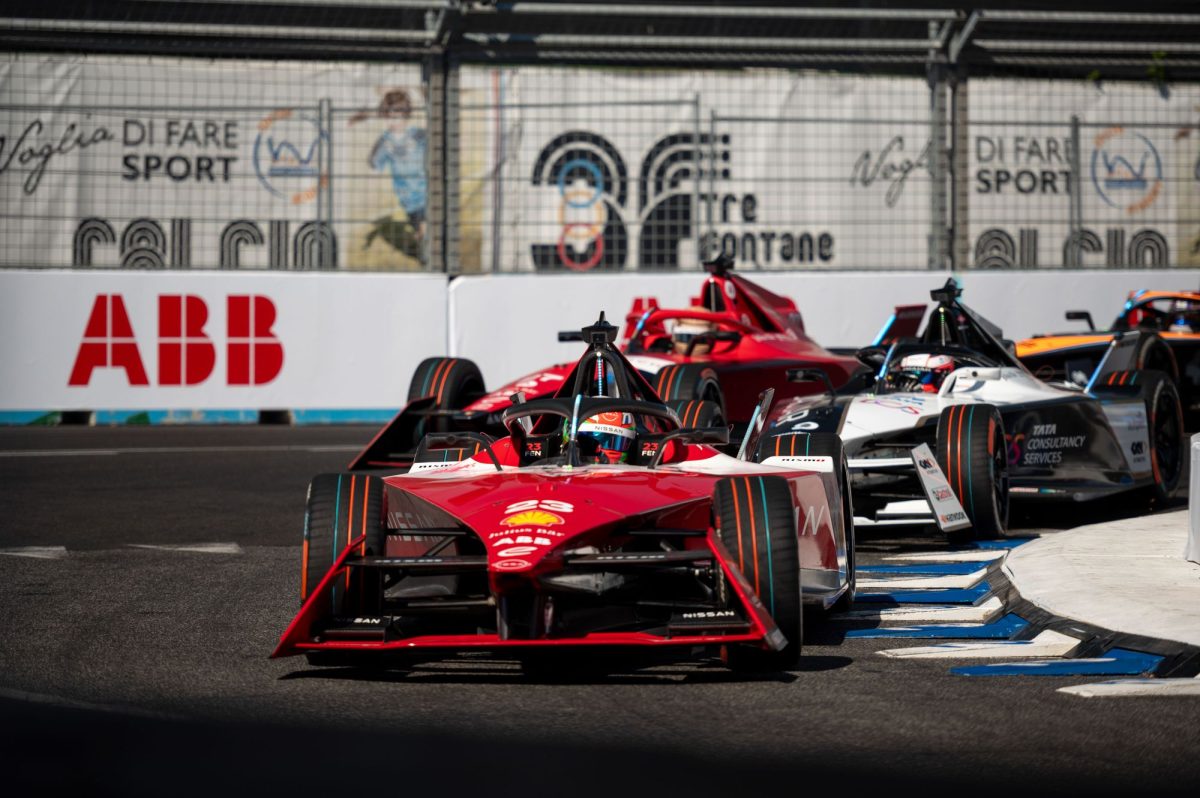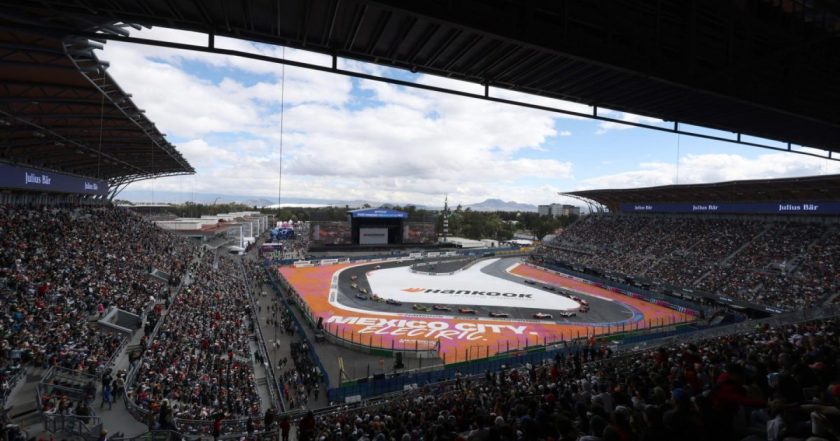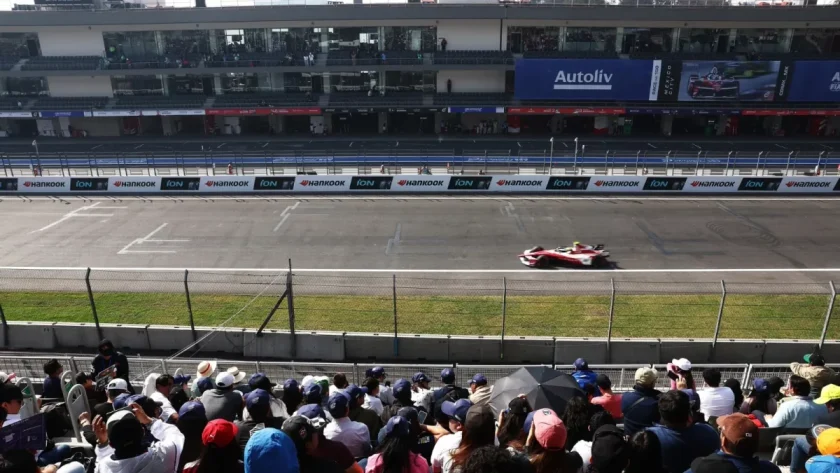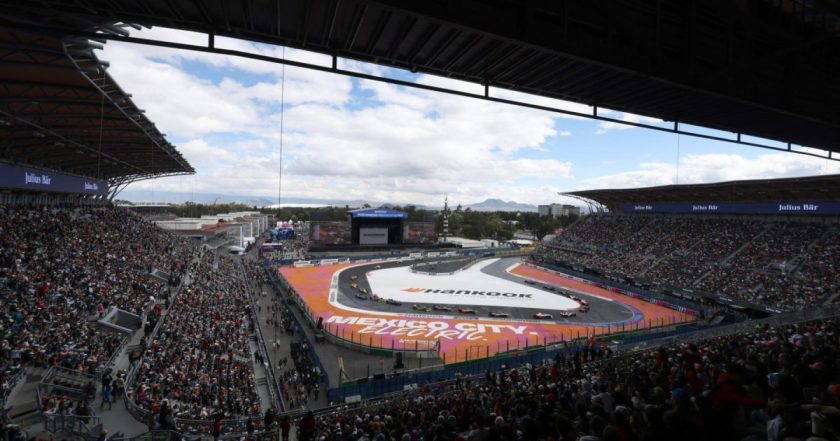P1racenews AI automatic summary:
Just like that, the Rome E-Prix is off the Formula E calendar. While the series’ claim – that the decision was safety-motivated – stands up, digging a little deeper Sam Smith can’t help but wonder if other factors are at play – ones that take Formula E further away from its DNA
group of drivers could have provided valuable input on the track changes and safety concerns. It is unclear why they were not involved in the decision-making process.
The removal of Jakarta and Rome from the calendar raises questions about the future plans and stability of Formula E. These cities were known for their successful races and enthusiastic fan base. The reasons behind their exclusion have not been fully explained, leaving fans and teams disappointed and uncertain.
The challenges faced by Formula E in scheduling races in city centers around the world are immense. Dealing with local governments, navigating logistical obstacles, and avoiding clashes with other events require careful planning and coordination. However, Formula E’s unique DNA of showcasing electric racing in urban environments remains a priority.
The omission of Cape Town, in addition to the financial constraints and lack of market appeal, highlights the difficulties faced by Formula E in expanding its reach to non-traditional racing regions. While the sport continues to attract global attention and support, it also faces obstacles in securing long-term partnerships and financial stability.
Overall, Formula E’s evolving calendar reflects the complex nature of organizing races in diverse locations. The decisions made regarding track changes, venue selections, and schedule revisions undoubtedly involve a multitude of factors, from safety considerations to financial viability. As Formula E continues to grow and adapt, it will need to find a balance between its core principles and the practical realities of hosting races in an ever-changing world.
Source: The Race






